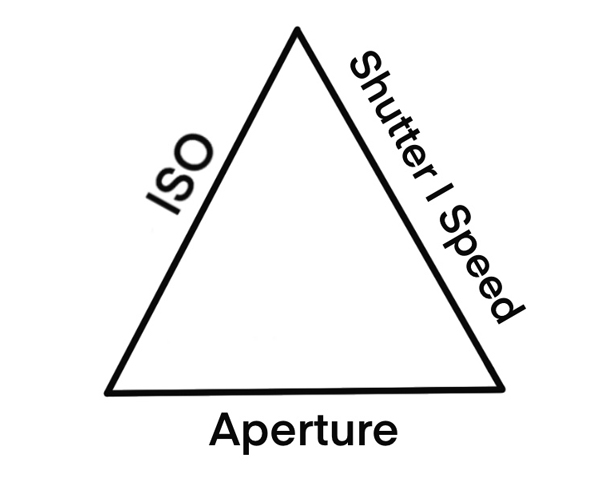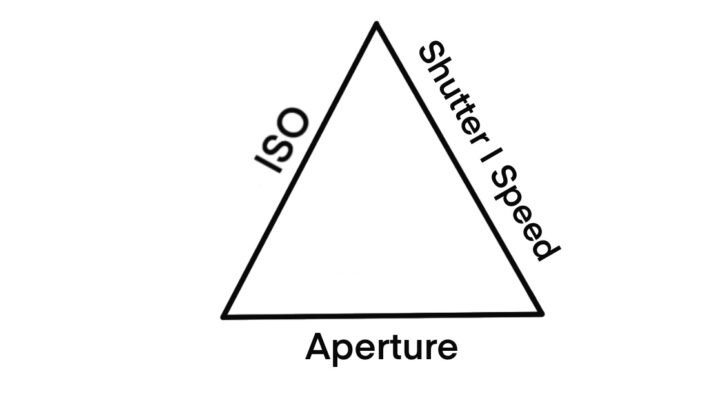Have you ever taken a photograph and don’t understand why it is too bright or too dark? Understanding the exposure triangle, you will solve this issue forever. The exposure triangle is probably the foundation for everything about photography.
Once you perfectly control the exposure triangle, you will take complete control of your camera’s dials and buttons. You will know what they do and why they are there. Last but not least, you can obtain the perfect exposure in every light condition through the exposure triangle. In other words, thanks to the exposure triangle, you will have creative control over your gear. You will become a better storyteller thanks to it.
A wrong exposure can produce images too dark or too bright. But thanks to the exposure triangle, you can also avoid blurry and noisy photos and manage the depth of field.
Elements of the exposure triangle
In the exposure triangle, we have the shutter speed, the aperture, and the ISO. These elements have to work together to give you the perfect exposure.
The Aperture
The aperture value is how much your lens is open. The aperture, in other words, means more light or less light through the lens. So the aperture controls the quantity of light coming into your camera. As examples of aperture values, you can have f16, f11, f8, f5.6, and f2.
The larger the number, the smaller the opening of the lens. And the smaller the number, the larger the opening of the lens. For example, f16 is a small aperture with less light passing through the lens. And f2 is wide open with a lot of light going through the lens.
The Shutter Speed
The shutter speed is the second element involved in the exposure triangle. Your shutter speed can be fast, which will freeze the action. For example, 1/4000sec. is a breakneck shutter speed. Contrarily, you can also use a slower shutter speed, for instance, 1/30sec. This way, you can obtain motion blur, and more light will come through the lens. So the shutter is similar to the aperture as it allows more or less light to enter your camera depending on the shutter value. Different from the aperture, the shutter speed controls how long the camera sensor will receive the light.
The ISO
The ISO controls the sensitivity of the sensor or your camera to light. A low number of ISO, for example, ISO 100, means less sensitivity of your camera to light. To compensate for the low ISO, you have to open the aperture wider or use a slow shutter speed, and you are probably taking photographs in very bright light conditions. If you increase the ISO, your camera becomes more sensitive to light. On the other hand, with a high number of ISO, remember that you can also have noise.

The light meter of the camera
These three elements of the exposure triangle get in balance thanks to the camera’s light meter. The camera’s light meter measures the light falling on a subject or being reflected by a subject. In the first case, you will have an incident light. In the second one, reflective light.
By converting these measurements, the light meter finds the most proper shutter speed and f/stop for that subject. In other words, the light meter measures the intensity of light and indicates adequate exposure.
Understanding how your camera’s light meter works is essential to adequately express your creativity through photography. Today most cameras use a process called TTL Metering (through-the-lens). It means your camera examines the light through the lens and evaluates the scene’s brightness. You may even ignore the light meter unless you are shooting manual mode, but it is constantly at work for you.
